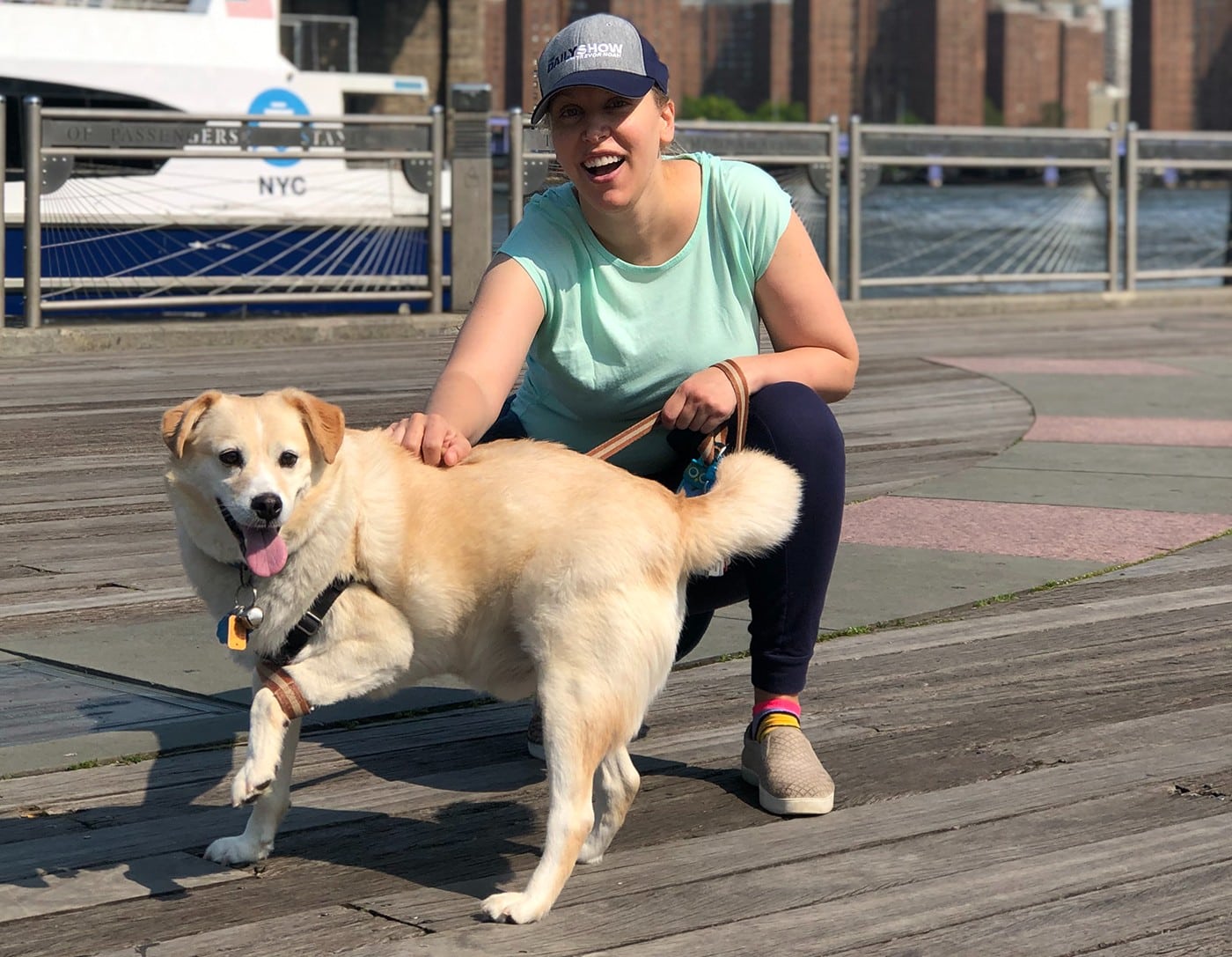Considering the frequent recalls of dog food that is contaminated with dangerous bacteria like salmonella, actual poisons like arsenic and even a euthanasia drug, it’s no wonder that a raw diet has become more popular.
Home prepared diets allow pet parents to know exactly what goes into their dog food. Since dog food that you make yourself can either be cooked or raw, the debate is often focused on which diet is healthier.
Raw food is an attempt to replicate what a dog would eat in the wild, but that can be easier said than done. When dogs in the wild kill an animal for food, the meat is fresh, and it includes everything in an animal’s body, from bones to organs. In other words, a balanced raw diet would need to include more than just steak.
“Many dogs do well on raw, but some do better on cooked food,” says Dr. Gary Richter, a holistic vet. “What works best is specific to the individual.”
If you are contemplating going raw with your dog, here are a few things to consider:
The Benefits of a Raw Diet
You’ve made a commitment to feed your dog the best food possible — but how do you know if a raw diet is best?
“Simply put, you don’t,” says board-certified veterinary nutritionist Justin Shmalberg. “The best diet is always one personalized to your dog’s age, activity, health, and their response to past diets.”
A raw diet might be good if you dog is sensitive or allergic to specific foods, says Dr. Sarah Ochoa, a veterinarian practicing at Whitehouse Veterinarian Hospital in Calhoun, La.
There may be other benefits, too. “Feeding a raw diet can provide nutrients that are responsible for creating a healthy shiny coat,” says Dr. Ochoa. “Their skin may seem healthier due to more natural ingredients.” Other benefits, she adds, include better dental health because raw diets are free of the preservatives found in commercial dog foods, which can cause excessive tartar build-up.
Raw food also avoids inflammatory and cancer-causing compounds found in highly processed diets such as kibble and canned, says Dr. Richter. “Minimally processed foods also may contain more higher quality micronutrients, enzymes and other components of fresh, whole foods that are degraded or destroyed during high heat, high pressure processing.”
Raw diets are high in protein, which may give your dog more energy, says Dr. Ochoa. “This high protein diet will also lead to smaller stools because their bodies will utilize more of the natural fats and fibers thus creating less waste.”
A Raw Diet Is Not Right for Every Dog
Not every dog will do well on a raw diet. “Some dogs do not digest raw food well, and they may have GI issues like vomiting and/or diarrhea,” says Dr. Richter. “In these cases, a cooked diet may work better.”
There are other potential dangers in feeding a raw diet, including our dogs coming in contact with bad bacteria. The most common and dangerous bacteria found in raw meat are salmonella, listeria and E. coli, notes Dr. Ochoa. “All three of these bacteria will cause gastrointestinal signs for you or your dog.” They can also be deadly.
A raw diet is not advised for young puppies, who don’t have a fully developed immune system, says Dr. Shmalberg. “Many raw diets have extreme variations in calcium, due to the presence of whole or ground bone and this can exceed the safe upper limit for calcium in growing puppies which can cause abnormalities in bone growth. Other home-prepared raw diets too low in calcium can cause fractures in puppies.”
Additionally, says Dr. Richter, “Dogs with compromised immune systems due to immunosuppressive drug therapy like chemotherapy and steroids may be more susceptible to contamination issues.”
Finally, raw diets should also be avoided for dogs that need a special diet because of conditions like pancreatitis, as meat high in fat can cause and/or aggravate the condition, or kidney disease because of the danger of too much phosphorus, says Dr. Shmalberg.
Raw Diets Are Not as Easy as You Think
Feeding your dog raw food does not mean you can just dump raw steak in your dog’s bowl and be done. It actually takes a lot of thought and preparation.
You have to first consider the type of meats you are feeding, says Dr. Shmalberg. “Many of the less expensive meats used in these foods are higher in fat and less lean than an owner might expect, which means they may be moderate or even low protein diets.” The best meat to use is the highest quality and organic.
A balanced raw diet will include a protein including bones, an organ meat and ideally some cooked veggies. It’s a good idea to grind up meat along with the bones to avoid the possibility of an injury. Around 10-12 percent bone content is recommended. You do have a choice of common proteins like beef, chicken, lamb, pork, turkey and fish, and the not-so-common such as duck and rabbit.
You can buy organic meat directly from a supplier or even in some pet food stores. Some of these sources will ground the meat along with the bone, and they offer extras like organ meats, too.
Related: Beyond Raw Food: Other Beneficial Diet Options for Your Pup
If you decide to go raw, you will need to know the correct ratio of protein, fats, vitamins, calcium and carbs. Dr. Richter says that it’s critical to work from a recipe that has been balanced by someone qualified, such as a veterinary nutritionist. “You cannot ‘eyeball’ ingredients and be certain the dog will be getting all of the nutrients he or she needs,” he adds.
It’s also crucial to make sure the diet is balanced and appropriate for your specific dog, says Dr. Shmalberg. “Puppies, canine athletes and senior dogs often need more protein. Unbalanced diets without enough critical nutrients can lead to health issues.”
If it sounds like you need to be a chemist to figure out the correct ratio of animal protein, bone, organ meat, veggies, minerals and vitamins — you’re not far off.
Consult With a Professional
If you think raw is best, start with taking your dog to the veterinarian. Arrange for a thorough wellness check and a visit to rule out any health conditions. Don’t make the decision without the stamp of approve from your vet.
However, says Dr. Richter, dog parents should be aware that many veterinarians are opposed to raw feeding. “Owners may need to seek out a veterinarian who is willing to speak with them about feeding a raw diet.”
Once your dog’s veterinarian gives the go-ahead, you should seek out an expert in raw diets, says Dr. Richter. “Consulting a nutritionist can prevent an owner from inadvertently taking a gamble with their dog’s health.”
A professional will know what diet to recommend based on what type of dog you have, says Dr. Ochoa, including your dog’s age, activity level, and any medical conditions. Raw food is definitely not one recipe suits all!
Related: Breaking the Mold: How This Vegan Dog Food Company Is Taking on the Big Brands


















